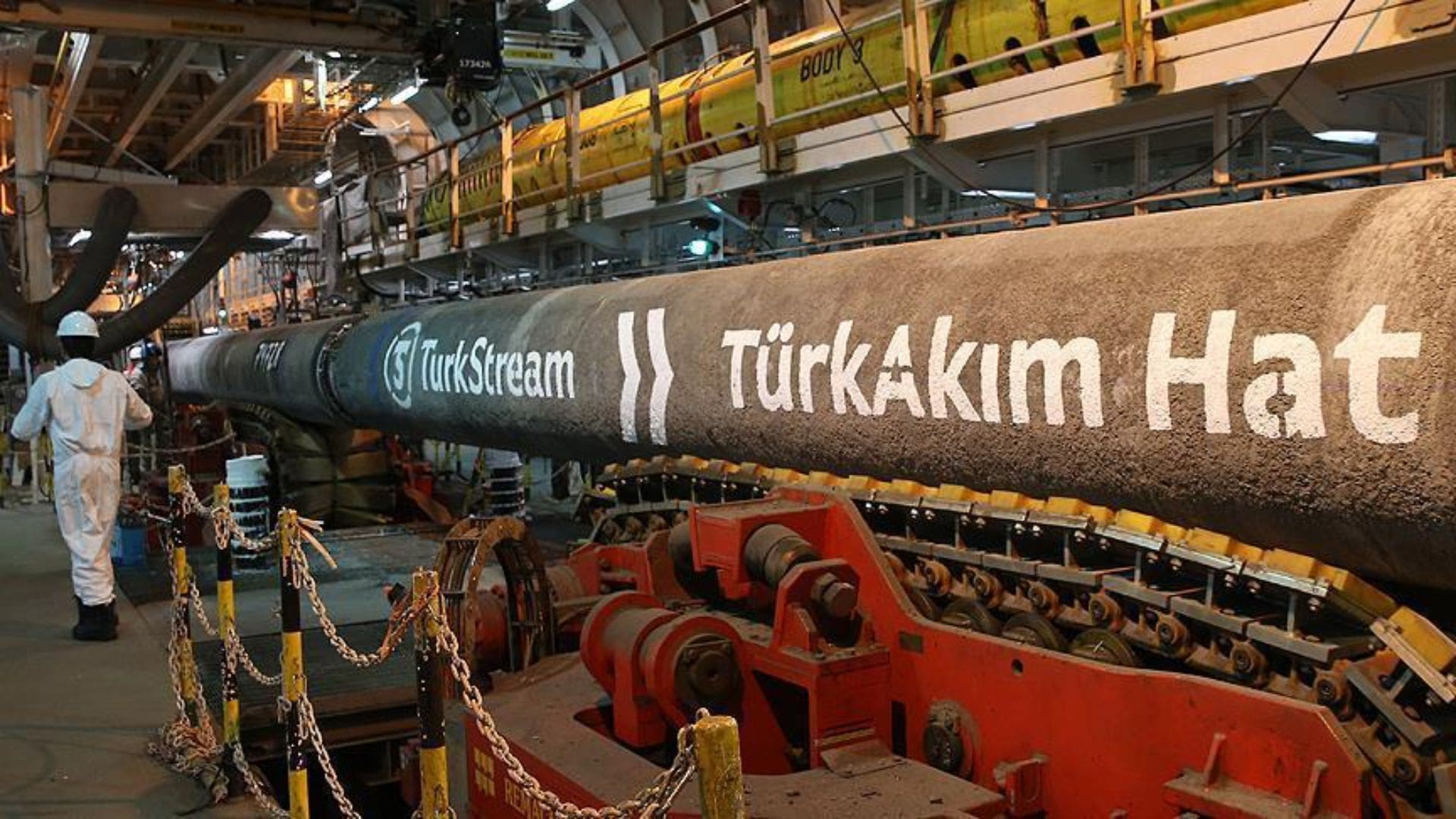TurkStream Gas Pipeline and TANAP: Shaping Turkey's Energy Landscape
- United States | 2 December 2016

Diplomatic relations between Russia and Turkey experienced a setback when the Russian ambassador to Turkey was shot in Ankara. The timing of this tragic event is unfortunate, as the two countries had been making progress in improving their relations. One area of cooperation that showcased this positive momentum was the TurkStream gas pipeline project. Additionally, the Trans-Anatolian Natural Gas Pipeline (TANAP) has been under construction, further highlighting Turkey’s strategic significance as a key energy corridor.
The signing of the TurkStream agreement in Istanbul during the 23rd World Energy Congress marked a significant step forward in the normalization of relations between Russia and Turkey. Gazprom’s Chairman, Alexey Miller, emphasized that the pipeline would greatly enhance gas supply reliability to Turkey, southern Europe, and southeastern Europe. With an estimated capacity of 31.5 billion cubic meters per year through its initial pipelines, the project also includes the construction of two additional pipelines, increasing the capacity to around 63 billion cubic meters annually. Gazprom has partnered with Allseas Group to build the offshore section of the pipeline, involving the installation of approximately 900 kilometers of heavy-wall pipe in waters reaching depths of up to 2,200 meters.
Turkey currently purchases nearly 30 billion cubic meters of gas from Russia each year, making it the second-largest importer of Russian gas after Germany. The TurkStream project aims to serve Turkey’s domestic gas needs while also facilitating gas exports to Europe. Gazprom reported record-breaking gas purchases from Europe in late October, reaching almost 590 million cubic meters per day. Turkey currently relies on two existing pipelines, the Western Stream and the Blue Stream, to import gas, with the latter passing under the eastern Black Sea.
The construction of additional pipelines in the region, driven by rising European gas demand, presents competition for the TurkStream pipeline. The Trans-Anatolian Natural Gas Pipeline (TANAP), set to commence operations in 2018, will transport Caspian gas from Azerbaijan through Georgia and Turkey into Europe. By connecting the Greek-Turkish border, TANAP aims to fulfill Turkey’s increasing per capita energy demand while reducing its dependence on Russian gas. Both TANAP and TurkStream underscore Turkey’s strategic role as a crucial energy corridor in the global landscape.
Despite the recent challenges to diplomatic relations, the TurkStream gas pipeline project and the ongoing construction of TANAP demonstrate Turkey’s significance as an energy hub. These projects not only enhance Turkey’s energy security and fulfill its growing domestic demand but also position the country as a vital gateway for energy supplies to Europe. The future of these pipelines will play a pivotal role in shaping Turkey’s energy landscape and its relations with Russia and Europe.








